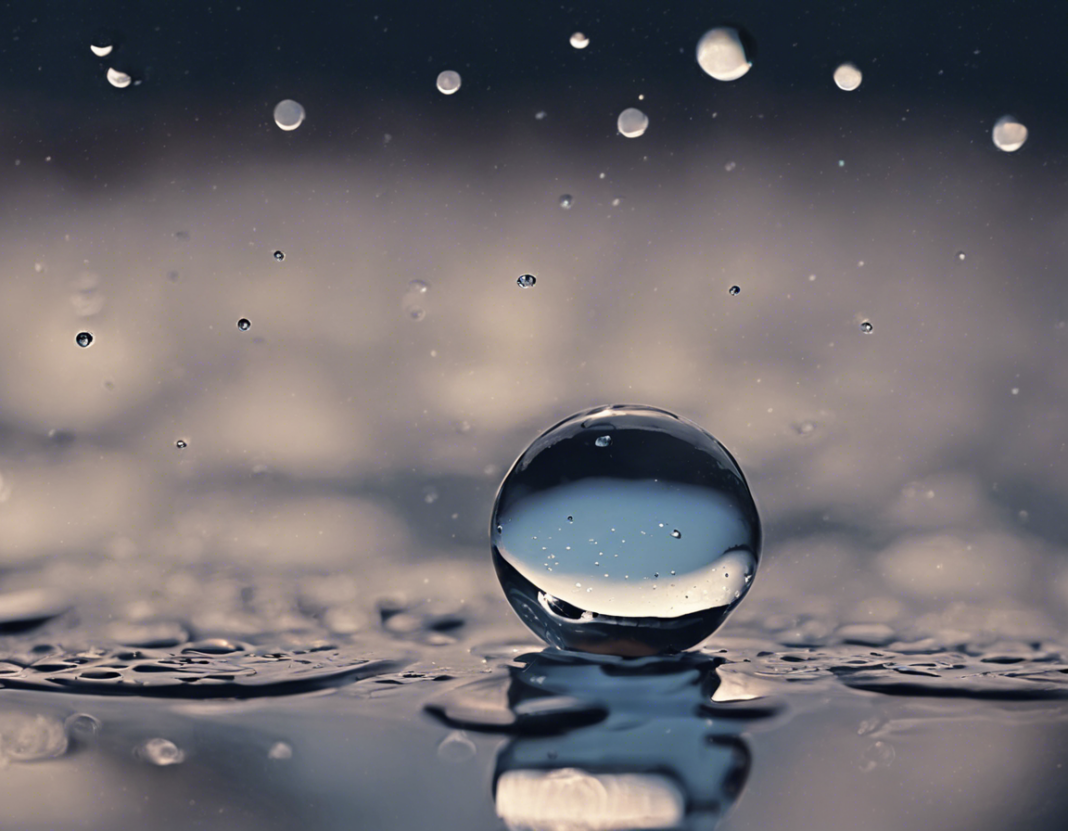Introduction
Moon Drops, also known as Pilea Depressa, is a charming and unique plant that is gaining popularity among houseplant enthusiasts. With its trailing vines and small, round leaves, Moon Drops can bring a touch of whimsy and elegance to any space. In this article, we will explore the beauty of Moon Drops plants and learn how to care for them to ensure they thrive in your home.
What is a Moon Drops Plant?
Moon Drops plants are a type of tropical plant that belong to the Pilea genus. They are native to Central and South America and are known for their cascading growth habit and distinctive round leaves. The leaves of the Moon Drops plant are a deep green color with contrasting silver markings, giving them a unique and eye-catching appearance.
Benefits of Having Moon Drops Plants
Moon Drops plants not only add beauty to your home but also offer several benefits that make them a wonderful addition to any indoor space. Some of the benefits of having Moon Drops plants include:
-
Air purification: Like many houseplants, Moon Drops plants help improve indoor air quality by removing toxins and pollutants from the air.
-
Stress reduction: Studies have shown that caring for plants can help reduce stress and anxiety, making Moon Drops plants not just a beautiful decoration but also a natural stress reliever.
-
Natural decor: The trailing vines and round leaves of Moon Drops plants add a touch of nature and greenery to your home, creating a calming and inviting atmosphere.
Caring for Moon Drops Plants
To ensure your Moon Drops plant thrives and continues to grow beautifully, it is important to provide the proper care and environment. Here are some tips for caring for your Moon Drops plant:
Light: Moon Drops plants prefer bright, indirect light. Avoid placing them in direct sunlight, as this can cause their leaves to burn. A sunny window with sheer curtains is ideal for Moon Drops plants.
Watering: Water your Moon Drops plant when the top inch of soil feels dry to the touch. Be careful not to overwater, as this can lead to root rot. Ensure proper drainage in the pot to prevent waterlogging.
Humidity: Moon Drops plants prefer a humid environment. Mist the leaves occasionally with water to increase humidity, especially during the dry winter months.
Temperature: Moon Drops plants thrive in temperatures between 65-75°F (18-24°C). Avoid placing them near drafts or heaters, as extreme temperatures can harm the plant.
Fertilization: Feed your Moon Drops plant with a balanced, water-soluble fertilizer once a month during the growing season to promote healthy growth.
Pruning: Trim any leggy or overgrown vines to encourage bushier growth and maintain the plant’s shape. You can also propagate Moon Drops plants from the cuttings.
Pests: Keep an eye out for common houseplant pests such as spider mites and aphids. If you notice any pests, treat the plant with insecticidal soap or neem oil.
Propagation: Moon Drops plants are easy to propagate. You can propagate them by taking stem cuttings and rooting them in water or moist soil. Once roots develop, transplant the cuttings into a pot.
Frequently Asked Questions (FAQs)
- How often should I water my Moon Drops plant?
-
Water your Moon Drops plant when the top inch of soil feels dry to the touch. Avoid overwatering to prevent root rot.
-
Can Moon Drops plants tolerate low light conditions?
-
While Moon Drops plants prefer bright, indirect light, they can tolerate lower light conditions. However, they may not grow as vigorously or produce as many leaves.
-
Do Moon Drops plants require regular fertilization?
-
Yes, it is recommended to feed your Moon Drops plant with a balanced, water-soluble fertilizer once a month during the growing season to support healthy growth.
-
How do I propagate my Moon Drops plant?
-
Propagating Moon Drops plants is easy. You can take stem cuttings and root them in water or moist soil. Once roots develop, transplant the cuttings into a pot.
-
What are common pests that affect Moon Drops plants?
- Spider mites and aphids are common pests that can affect Moon Drops plants. Keep an eye out for any signs of infestation and treat the plant promptly.
In conclusion, Moon Drops plants are a delightful addition to any indoor space, bringing beauty, elegance, and natural charm. By providing the proper care and environment, you can enjoy the cascading vines and unique leaves of the Moon Drops plant in your home. Embrace the beauty of Moon Drops plants and create a lush and inviting atmosphere in your living space.
